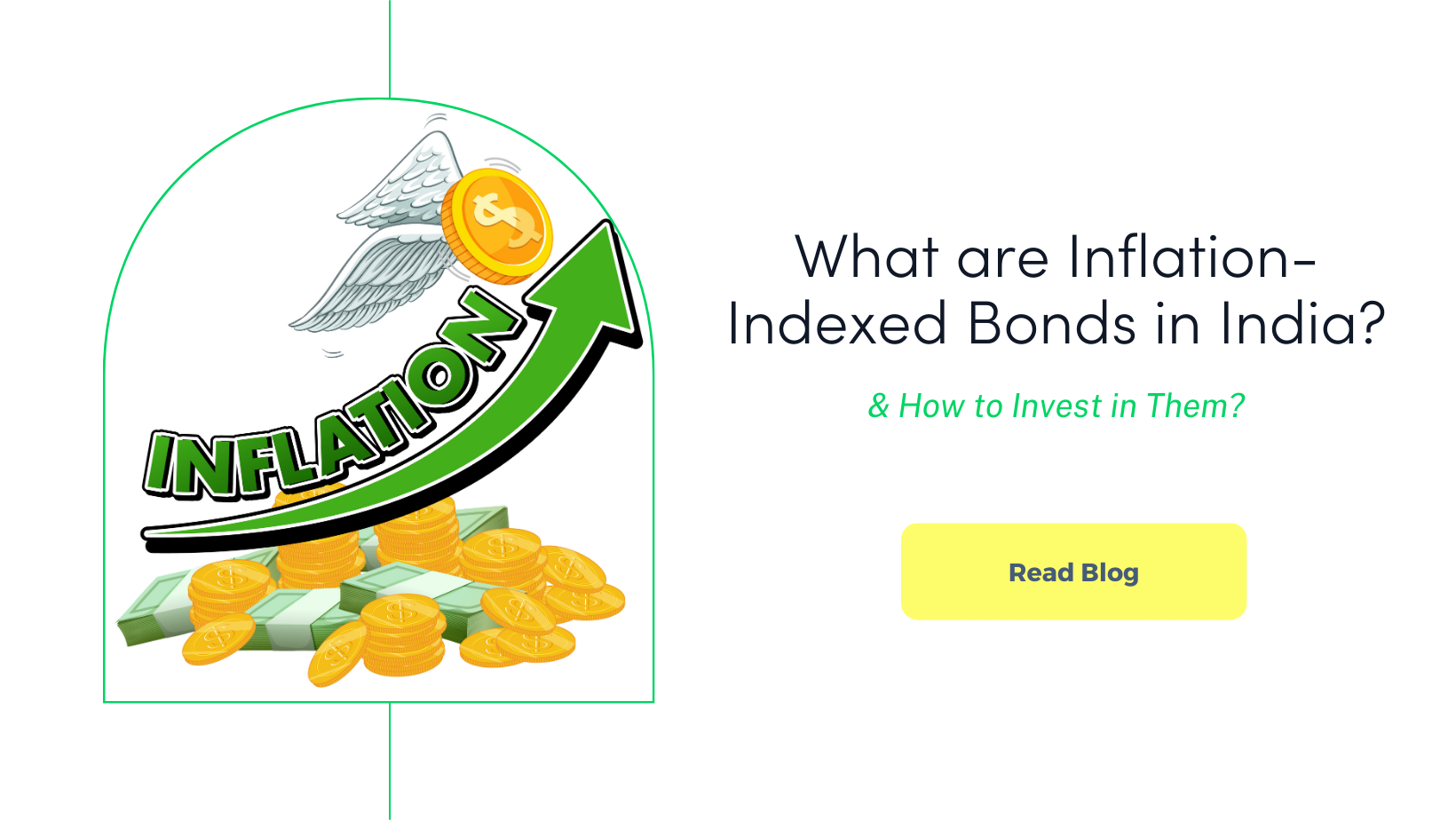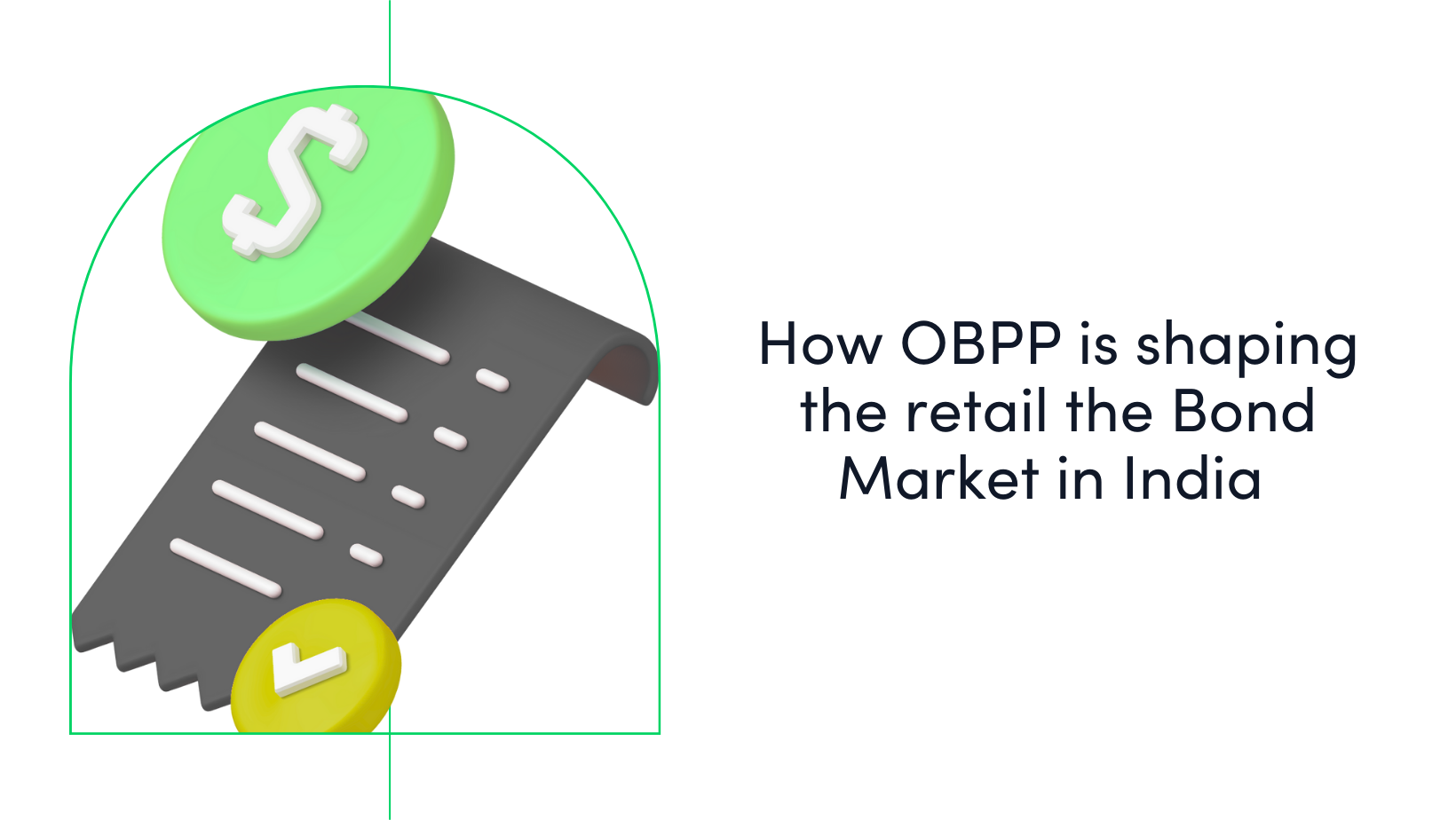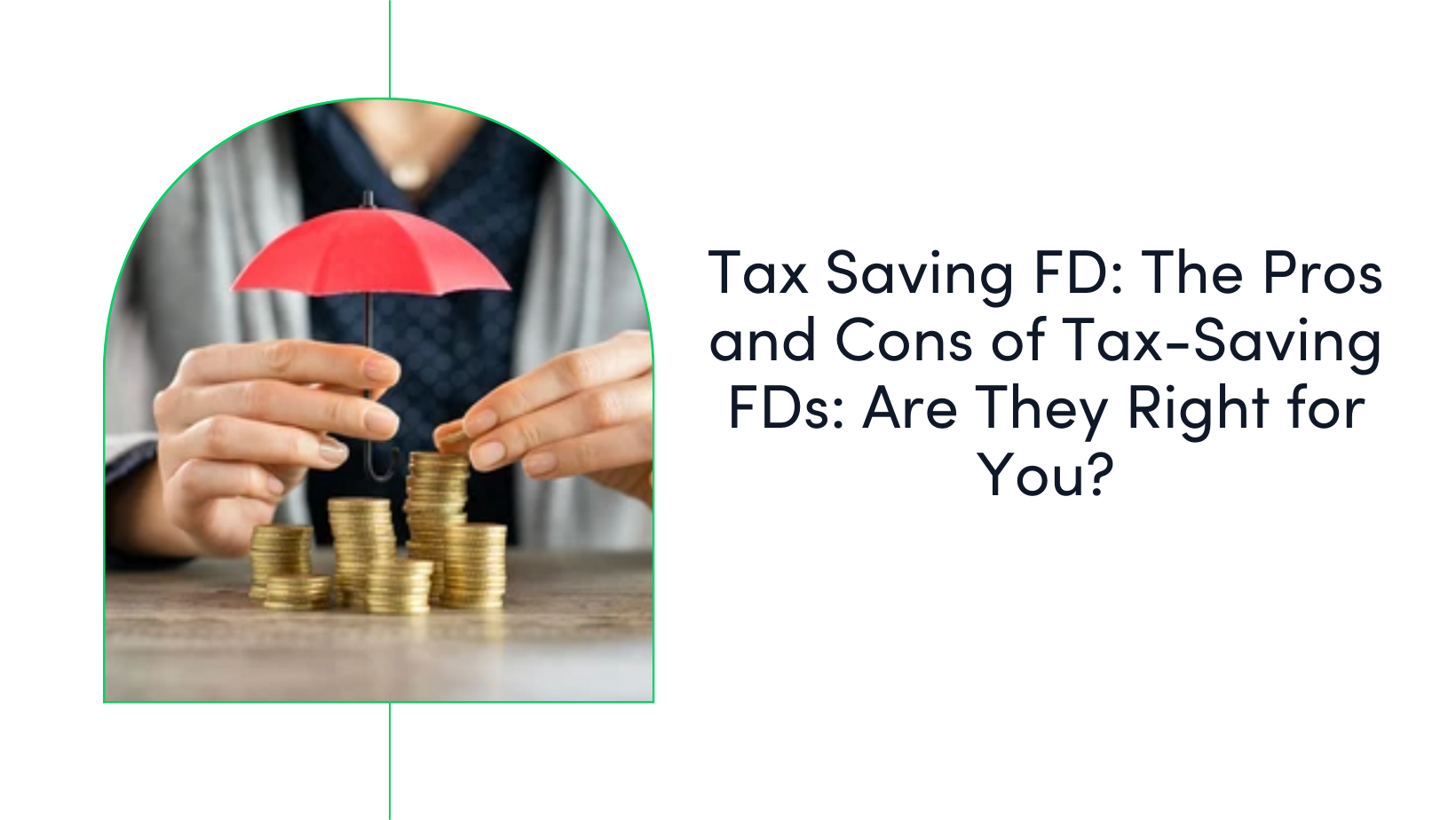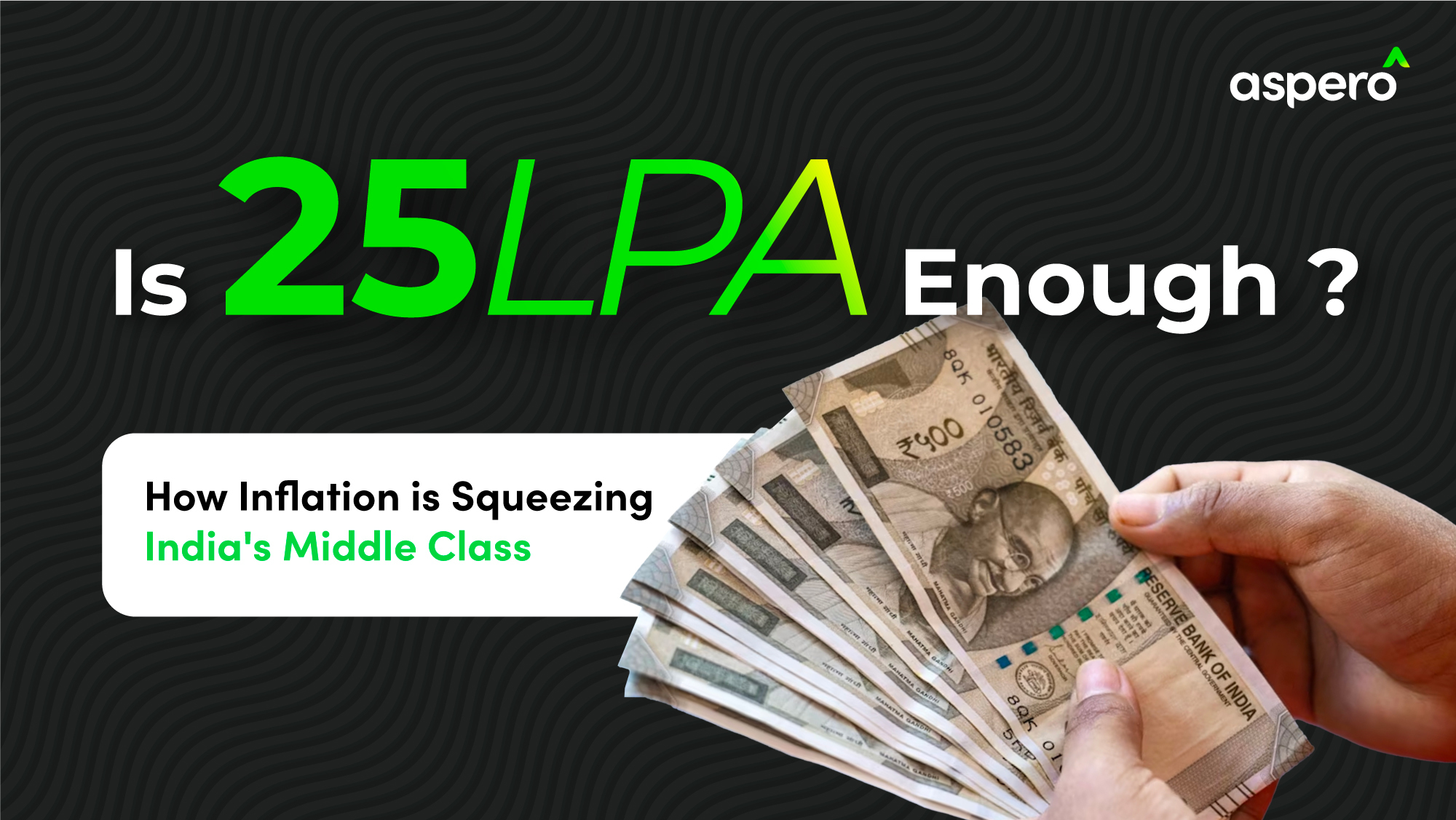Earn 9%–15% on Senior Secured Bonds.
Lower risk. Fixed returns. Start investing on Aspero with just ₹10,000.
Explore Bonds


Inflation is a silent thief. Over time, it shrinks the real value of your savings, making your hard-earned money buy less and less.
With savings account rates between 2.5% to 2.75%, and inflation projected to average 3.7% for 2025-26, money is shrinking. So, how can you ensure your investments keep pace with rising prices?
One such option is to invest in Inflation-Indexed Bonds (IIBs). Unlike traditional bonds that pay a fixed return (and leave you exposed to rising prices), IIBs are designed to keep wealth one step ahead of inflation.
Here’s everything you need to know about inflation-indexed bonds, including how they work, their benefits and risks, and how you can invest in them.
What Are Inflation-Indexed Bonds?

What Are Inflation-Indexed Bonds?
Inflation-Indexed Bonds (IIBs) are government securities where both the principal and interest payments are adjusted for inflation.
The adjustment is typically based on the Consumer Price Index (CPI). This means the real value of your investment is preserved, regardless of how inflation moves.
Example: You buy an inflation-indexed bond with a face value of ₹10,000 and a fixed coupon rate of 3%. If inflation is 5% in a year, your principal is adjusted to ₹10,500.
The next interest payout is calculated on this higher amount, not the original ₹10,000. So, as inflation climbs, both your payouts and the value of your investment rise with it.
India’s inflation-indexed bonds include:
- TIPS (Treasury Inflation-Protected Securities) in the United States
- Index-Linked Gilts in the United Kingdom
These bonds are popular among investors seeking to hedge against inflation risk globally.
History of inflation-indexed bonds in India
India’s first experiment with inflation protection began in 1997, when the government launched its first Capital Indexed Bonds (CIBs). These early instruments protected only the principal amount from inflation, while interest payments remained fixed and vulnerable to price rises.
In June 2013. RBI introduced full-fledged Inflation-Indexed Bonds (IIBs). This new generation promised inflation protection for both principal and interest, with adjustments linked to the Wholesale Price Index (WPI), which was the key inflation metric at the time.
However, investors were wary of inflation-indexed bonds because of the following factors:
- Complexity: The structure (real yield, inflation adjustment) was hard for most investors to understand.
- Lack of Awareness: Few retail investors knew about these products.
- Liquidity Issues: Thin trading in the secondary market made it hard to buy or sell IIBs easily.
- Index Mismatch: Early bonds were linked to WPI, which did not reflect the inflation experienced by households (CPI would have been more relevant).
Types of Inflation-Indexed Bonds in India
There are two types of IIBs:
1. Wholesale IIBs (2013 Series)
- Launched by the RBI in June 2013 and are primarily target institutional investors.
- Linked initially to the Wholesale Price Index (WPI). However, later discussions considered shifting to CPI for better relevance to retail investors.
- Tenure: 10 years.
2. Inflation-indexed bonds for retail investors
- Announced but never gained traction. Eventually, they were withdrawn due to poor response and lack of awareness.
- Product structure for retail investors was under consideration but not finalised as of 2025.
How Inflation-Indexed Bonds Work in India?
Modern IIBs are designed to track the Consumer Price Index (CPI), which better reflects the inflation faced by households, compared to the broader WPI.
Here’s the structure and payout process for inflation-indexed bonds:
Fixed real coupon rate
When you invest in an inflation-indexed bond, you lock in a real interest rate that is paid on your principal. This rate is “real” because it’s over and above the inflation rate, not eroded by it.
Inflation-adjusted principal
The face value of your bond isn’t static. Each year, it’s adjusted upward (or downward) in line with the CPI. If inflation rises 4% in a year, your ₹10,000 principal becomes ₹10,400 for the next interest calculation.
Interest payments
It is calculated as the real coupon rate applied to the inflation-adjusted principal.
Example:
Suppose you purchase an inflation-indexed bond with:
Face Value: ₹10,000
Fixed Coupon Rate: 3%
CPI Inflation: 4% (as seen in early 2025, with RBI projecting 3.7% for FY 2025-26)
Year 1:
Adjusted Principal = ₹10,000 × 1.04 = ₹10,400
Interest Paid = 3% × ₹10,400 = ₹312
Year 2 (if inflation is 3%):
Adjusted Principal = ₹10,400 × 1.03 = ₹10,712
Interest Paid = 3% × ₹10,712 = ₹321.36
This cycle continues until maturity, ensuring your returns always keep pace with actual inflation.
Taxation of Inflation-Indexed Bonds in India
Here’s how IIBs are taxed:
| Tax Component | Tax Treatment |
| Interest Income | Taxed as per your applicable income tax slab, similar to regular interest income. |
| Inflation-Adjusted Principal | If sold before maturity and there’s appreciation, it may attract capital gains tax. |
| Capital Gains | Profits from selling before maturity are taxed as capital gains. |
| No Special Tax Exemption | No special tax exemption; IIBs are not tax-free like some other government bonds. |
Why Should You Invest in Inflation-Indexed Bonds
Benefits
- Inflation hedge: IIBs protect your savings from being eroded by inflation. They keep your buying power safe.
- Government-backed safety: IIBs are issued by the Government of India and carry minimal credit risk.
- Portfolio diversification: Adding IIBs to your bond portfolio can reduce overall risk, especially during periods of rising inflation.
- Predictable real returns: These bonds give you a fixed return above inflation, so you always know how much you’re really earning, no matter how high inflation goes.
Risks and limitations
- Low liquidity: Secondary market trading is limited. This means it’s not easy to sell these bonds before they mature. If you try, you might have to accept a lower price because there aren’t many buyers.
- Limited retail availability: No active retail product as of June 2025. Hence, access is mainly for institutions.
- Complexity: The mechanism of real yields and inflation adjustment can be confusing for many investors.
- Taxable returns: Interest income in IIBs is fully taxable. This reduces the post-tax real return.
Who Should Consider IIBs?
Even though inflation-indexed bonds help match against inflation, are they really for you? Let’s find out.
1. Risk-averse investors
If you’re scared of market volatility or the thought of your savings losing value, IIBs offer a government-backed, inflation-protected solution. If you want to preserve capital and avoid inflation risk, IIBs can be a strong option for you.
2. Retirees
With healthcare and daily living costs steadily rising, CPI inflation is projected to average 3.7% in FY 2025-26. IIBs can help ensure your income doesn’t lose purchasing power over time. They’re especially useful for those who rely on fixed income and want to avoid the risk of outliving their savings.
3. Institutions and HNIs
For insurance companies, pension funds, and HNIs managing large portfolios, IIBs provide a strategic hedge against inflation. They help match long-term liabilities with inflation-adjusted assets, reducing risk and ensuring predictable, real returns.
4. Long-term investors
IIBs don’t follow the same trends as regular bonds or stocks, making them a good option for long-term investors focused on growing real wealth.
Read More: What Are the Best Corporate Bonds in India in 2025?
Alternatives to Inflation-Indexed Bonds in India
| Alternative | Inflation Protection | Liquidity | Risk Level | Taxation |
| Gold (Physical, ETF, SGBs) | High | Medium | Medium | LTCG after 3 years |
| Real Estate | Moderate | Low | High (illiquid) | LTCG after 2 years |
| Equity Mutual Funds | High (long term) | High | High (volatile) | LTCG after 1 year |
| Debt Mutual Funds | Moderate | High | Low to Medium | Taxed as per holding |
| Floating Rate FDs | Low to Moderate | High | Low | Taxed as per slab |
The Future of IIBs in India
Need for Retail-Friendly Versions
For IIBs to become mainstream, simpler products linked to CPI and available in small denominations are essential. Digital platforms and fintech apps could make access easier and improve awareness.
Potential Policy Changes
The government and RBI may reintroduce IIBs for retail investors with improved features like shorter tenures, monthly payouts, and direct CPI linkage. Integration with investment apps and financial advisory services could drive adoption.
Market Outlook
No active retail IIBs are available, but institutional interest remains steady. Integration with robo-advisors and wealth management platforms may help investors seamlessly add IIBs to their portfolios. Moreover, the government is exploring ways to revive the product, especially as inflation remains a concern for savers.
Invest in Bonds with Aspero
Inflation-Indexed Bonds are a niche but powerful tool for protecting your wealth from inflation. While their availability for retail investors is currently limited, understanding how they work can help you make better investment decisions.
Before investing, assess your risk profile and consider your outlook on inflation. Keep an eye on policy developments and in the meantime, explore alternatives like gold bonds, equity funds, and dynamic debt funds to keep your investments ahead of inflation.
If you are looking for secure platforms for fixed investments, such as fixed deposits and high-yield bonds, sign up on Aspero!









